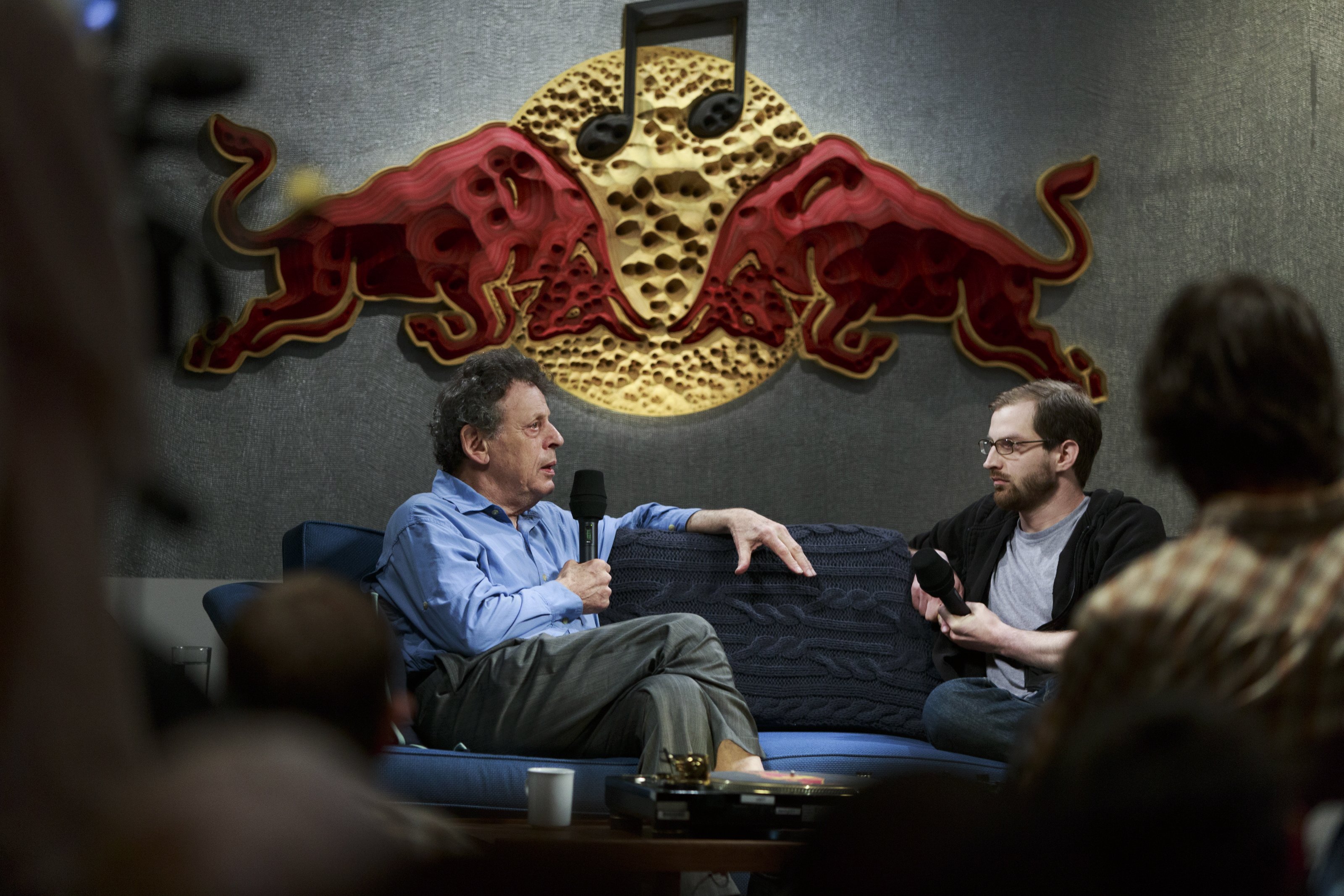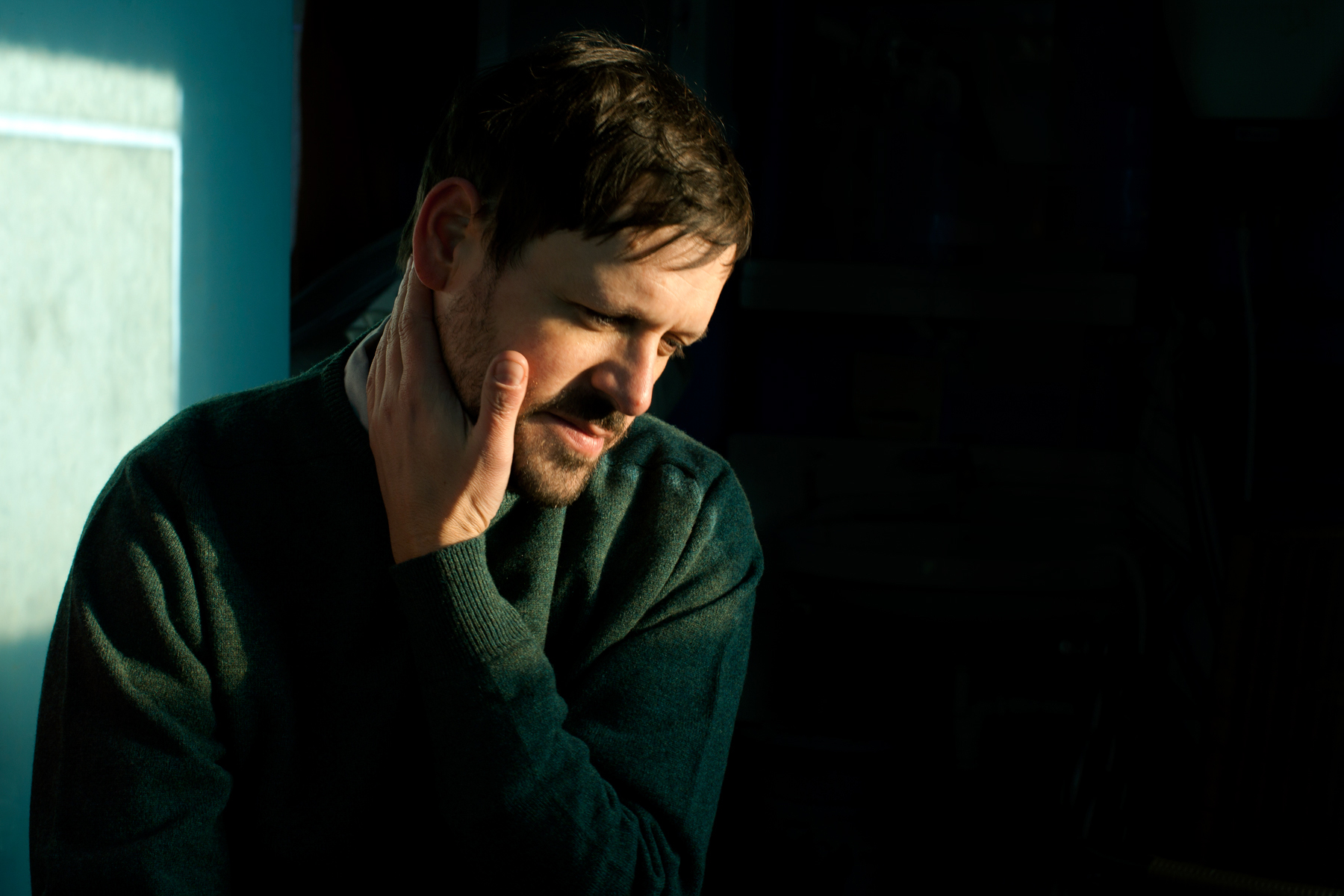Interview: John Roberts
The house producer talks about his new label
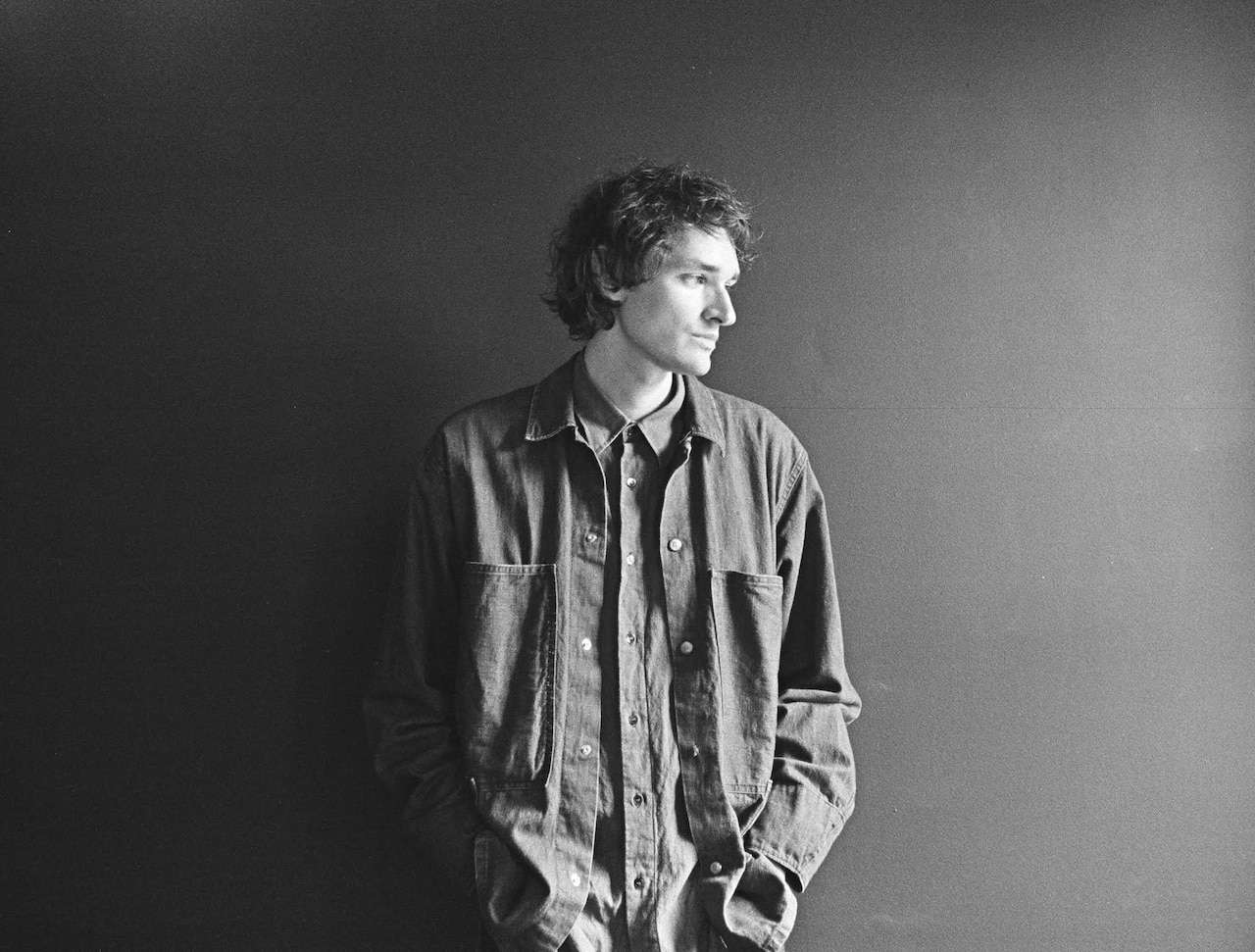
John Roberts’ romantic house music is one that is borne of precision. For many years he’s recorded using tracker software, building tunes from numbers and blocks. His first record on his new label, Brunette Editions, sees him stepping outside of his comfort zone, utilizing a MPC 2000 for two lengthy tracks. The imprint will be home to “music, printed matter, recordings and books,” which follows on from his involvement in The Travel Almanac – a journal he co-founded in 2010 that looks at the concept of travel from a variety of different angles. We caught up with Roberts last week to talk about his new label and much more.
It’s just hard to let go sometimes. I’m honestly getting better at it.
The first release on your new label definitely sounds like you, but you’re using a different approach than you’ve used in the past.
I was tired of working with the computer. So I decided to see if I could experiment with a new way of making music. I’ve had a MPC2000 for the last few years, and I used it for little pieces on some of the past records, but I decided to see if I could make a whole record just with that. I bought a lot of records and just sampled from those, and then did everything inside of the MPC. There’s no effects. It’s just sequencing everything with the pads there.
Was it hard to get a handle on it or did it come pretty easily?
It didn’t come easily. I’m so used to being precise, because I use this old tracker software on the computer. This was probably a good exercise for me. With the MPC you’re going based on sound. You can’t see anything, and it’s really difficult to kind of zoom in as much. It’s a much looser affair. I had a good time doing it. I’m not ever going to do it again, though. [laughs] I don’t think.
It was that difficult?
I’m so into mixing and being able to combine as many things as possible into my music. I also missed being able to do a lot EQing on a very precise level. I mixed it all inside the MPC, so there were few options for EQing.
You’ve said this label may include collaborations in the future. But you’re also someone that is really into precision and controlling things. What is it like for you to collaborate with people?
Well, I guess we can go on the fact that I haven’t released any collaborations since I started doing music. [laughs] I’ve done a lot of them over the years with friends, but I was never completely happy with them. It’s just hard to let go sometimes. I’m honestly getting better at it. I was working on some music with Alvin Aronson earlier in the year. I’m working with this artist, Palomino, and we’re working on these pop-ish songs.
Well, obviously, The Travel Almanac...
Is a collaboration. That, I think, was my first successful collaboration. That really did teach me a lot about working with other people. I got used to the fact that you can showcase other people’s aesthetics in your own framework. That’s something that I want to take forward with the label. It doesn’t have to always be my exact vision.
There’s no reason to feel bad about a concert of only 60 people.
Why did you want Brunette Editions to be something more than just a record label? Why was that important to you?
I think I’ve always been more interested in labels or projects that had an interdisciplinary approach. I started thinking about it when I was looking at this From Brussels with Love compilation that came out in the ’80s. The release comes in a little seven inch plastic bag, and it has a seven inch printed booklet, and then it’s a tape, and then there’s like a little photocopied piece of paper that has instructions on how to listen to it. I’ve taken it with me everywhere that I’ve moved to, and I always kind of displayed it on the shelf. I’m not sure why. I guess it just really stuck with me.
Who are some of your favorite authors these days?
To be honest, I don’t really like reading fiction very much. [laughs] I like to read interviews. Right now I’m reading this Philip Glass autobiography called Words Without Music, which is really great. It’s funny. I don’t like listening to that much music, but I like reading about music a lot. I like reading about other people’s methods and their background for getting into music, because it gives me ideas that I can use in my own work. A lot of times I find that if I actually listen to the piece that they were talking about, I feel a bit disappointed. So, I just skip that step now. Now, I just read about how they made these things and I take any ideas that sound good to me. Also, in the chapter I read last night, he said something about a show in Mexico that was a packed house of 60 people. I found that comforting. There’s no reason to feel bad about a concert of only 60 people.

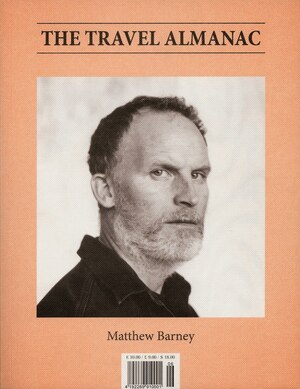
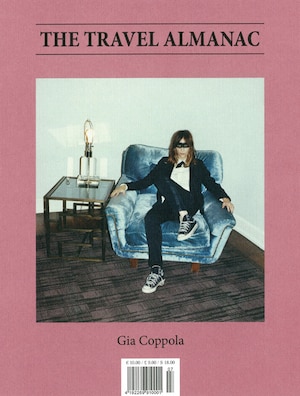
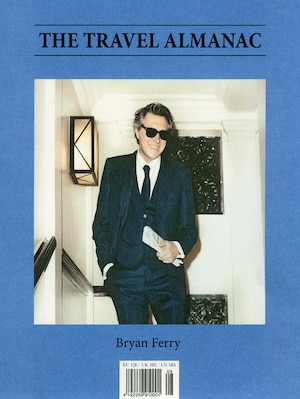
How is The Travel Almanac going in general?
It’s great. I mean, it’s turned into completely it’s own thing. It would be like if you had a child and they went off to college and they came back with a nose piercing and dyed hair. You’re proud of them, but at the same time you almost don’t recognize them.
I don’t think a nose piercing is exactly the metaphor I would use to describe The Travel Almanac, aesthetically.
Maybe a silk scarf, or an elegant hat, tipped to the side.
Tell me about the typeface of the logo for Brunette Editions. Is it italicized, the “U” and the “O”?
I’m not sure, let me bring it up.

Oh. I thought you had a very specific idea in mind with it.
I designed it. Basically I wanted it to have the feeling of a change and of motion. So I think that was my reason for using the italic characters, and then bold on both of the ends, to give it an undulating feeling. The sans serif in the beginning, and then the serif typeface at the end to show a transformation.
[laughs]
Why are you laughing?
I was not prepared for that level of specificity, after you said, “I’m not sure.” In an interview earlier this year, you said you might be working on an album.
I’m working hard on it. I’m planning to finish by the end of the year. I haven’t been this excited about anything that I’ve done musically in a really long time. I think it’s a nice step forward.
Is the process similar? Are you using the tracker software?
I’m using that. In the last few months, I’ve also been using this Elektron machine called the Octatrack. It’s a really interesting sampler and sequencer – and many more things. It’s very complex, and you can arrive at a lot of mistakes really easily. I love making mistakes, and I’ve made a lot of them with this machine.
